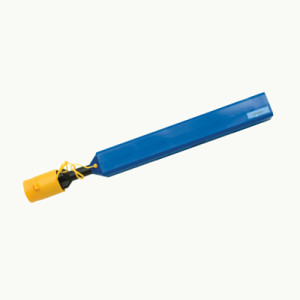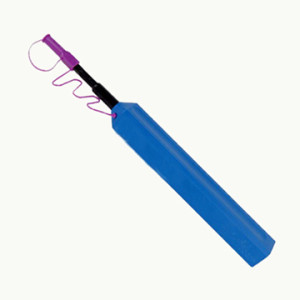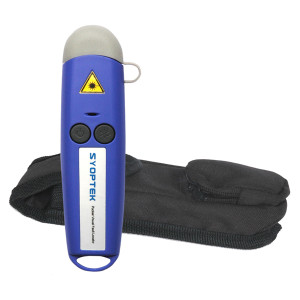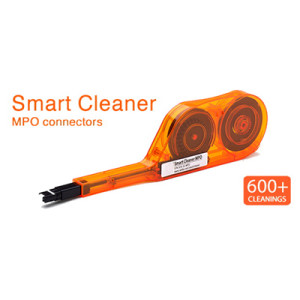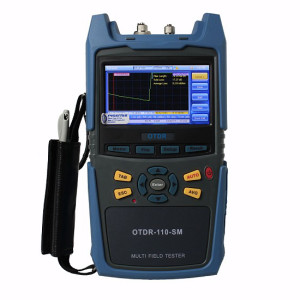The global data center and enterprise software-defined networking (SDN) market jumped 82% in 2015 from the prior year, reaching $1.4 billion, according to research and analysis.
“New SDN use cases continue to emerge, and 2015 was no exception with the establishment of the SD-WAN market,” said Cliff Grossner, senior research director for data center cloud and SDN at IHS. “While still a small market, many startups, traditional WAN optimization appliance vendors and traditional network vendors have jumped in, and we forecast SD-WAN revenue to hit $1.3 billion by 2020.”
Growth for SDN-capable Ethernet switches and SDN controllers continues to grow, with early players, pure-play SDN startups and traditional switch vendors gaining traction as customer deployments escalate, the report says.
Regionally, North America, Europe, the Middle East and Africa, Asia Pacific and the Caribbean and Latin America (CALA) were all up in 2015 for data center and enterprise SDN hardware and software revenue.
“This year we look for new deployments of SDN and the scaling up of existing deployments,” Grossner said. “We continue to see vendors add to their SDN-capable products and organize new open source projects, adjusting their businesses to be part of the SDN-driven transformation.
With the data center and enterprise SDN market now looking to open source software and open hardware designs, the number of deployed networking products based on open source is expected to multiply, and open source software for networking will mature as the integration of individual components creates a complete ecosystem.
SYOPTEK is your one stop solution provider for OTDR, Fiber Optic Tools, One Click Cleaner,Fiber Optic Cleaning Kit,Fiber Optic Switch.
